22 Nights / 23 Days
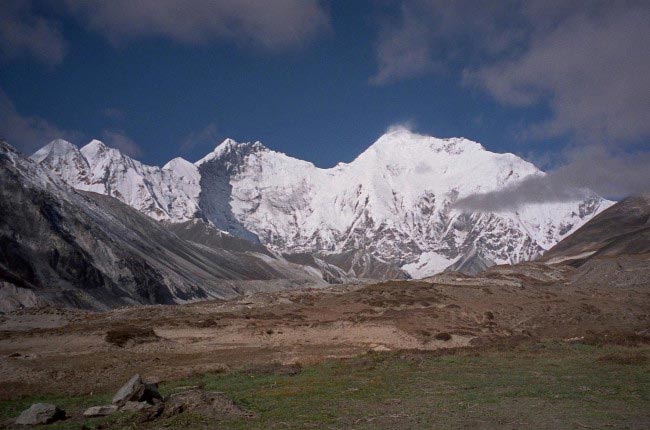
Among three faces of Everest the eastern face or the Kangshung face is without a doubt most beautiful, mesmerizing and isolated. Most of the travelers state that the hike to Kangshung face is one of the two or three finest treks in the earth.
The trek is one the finest trip in Tibet as it goes through tiny culturally rich villages in the way which are dotted with beautiful lakes, alpine pastures and flowered meadows which offers excellent camping area granting the majestic view of Lhotse, Kangchanjunga and Everest Kangshung face. The Kharta valley trek from Kharta to the stunning Karma valley to the Everest Kangshung Face is one of the most extraordinary and interesting approaches to Everest following remote route.
The trip starts with a scenic airstrip along the Himalayas from Kathmandu to Tibet which is known as the land of myths and mysteries. From Lhasa we will drive to Gyantse, Shigatse and ultimately to Shegar. From Shegar we will head south to Kharta and start the trek in alpine desert. In the way we will introduced with rare Himalayan features, wilderness at its extreme and unmatched geographical texture. After crossing Shao La (4700m) we enter into a delicate subtropical forested area of Karma valley and trek to base camp at Pethang Ringmo. The high ridge point situated above the Pethang camp offers the stunning view of Kangshung face of Everest. The fine blend of alpine scenery, from typical Tibetan dryness to lush forest along with towering ice peaks are some to the few eye popping factors of Kangshung trek.
Witnessing the magnificent view of Makalu, Kanchanjunga and Everest we will cross Langma La( 5330m) and return back to Kharta valley. The ridges and valleys situated below the snowline are thickly covered with vegetations. On completion of our Everest Kangshung trek we will drive to Rongbuk valley for the incredible northern view of Everest. From here we will drive down from Tibetan high plateau to the lush sub-tropical valleys of Nepal where our trip ultimately comes to an end.
Stay Safe
Altitude Sickness: The main and common risk while trekking above about 2500m is Altitude sickness. Altitude sickness is caused by acute exposure to low partial pressure of oxygen at high altitude. The available amount of oxygen to sustain mental and physical alertness decreases with altitude. Available oxygen drops as the air density itself, the number of molecules (of both oxygen and nitrogen) per given volume, drops as altitude increases. So don’t ignore, if you have any symptoms then descending to a lower altitude is the only option.
Water: Have some means to purify water, iodine or a fine ceramic filter are the best options. The streams should be considered polluted and whilst bottled water is often available, the disposal of plastic bottles is a problem.
Electricity in Nepal
Nepal is a developing country, Outside of major cities area electricity on trekking can be scares. You should have to pay 100-800 NRs per hour to charge goods on many lodges and also many tea-house treks, including in Annapurna base camp trek, Everest Base camp trek and many others treks also. Chargers often won't work on low power solar systems you find right up in the mountains so u can buy alternative bayonet light to electricity power plug converter, which will only works in low voltage is highlow. The standard Nepalese electrical outlet is a three-pronged triangle so bring three-pronged triangle chargers.
Nepal Climate information
Nepal is a landlocked country which lies in Hindu Kush Himalayan region. Nepal has monsoonal climate having four main seasons: spring, summer, monsoon, autumn and winter.
Below is a general guide to conditions at different seasons:
January to March (winter): In this season temperature will decrease at often 0°C (32°F) at night, with extreme cold at high elevations. It is possible to trek in places like the Everest region during the winter but due to extreme cold weather and heavy snow fall it may be quite difficult than as usual.
April to June (summer): In these months it is quite warm and dry weather. There is an abundance of blooming flowers in the Himalayas at this time, with rhododendrons, in particular, adding a splash of color to the landscape. This season is the best time to undertake mountain expeditions.
June to September (Monsoon): There will be heavy monsoonal rainfall in this season. Rains are generally lighter in high Himalayan reasons. In this season the mountain ranges are not often visible due to the clouds.
October to December (autumn): These months are cool and clear which is due to the end of monsoon, there is little dust in the air so this is the best season to visit the hilly and mountainous regions.
Nepal Visas information
Visa in Nepal can be acquired on arrival at Tribhuwan International Airport, Kathmandu and also at the border entry points in Kakadvitta, Birgunj, Bhairahawa, Nepalgunj, Gaddachowki border of Nepal - India and Kodari on Nepal-China border. Visa can also acquire at the nearest Nepal Embassy. For visa renewal purpose you can contact at Department of Immigration, Kalikasthan at Kathmandu. A valid passport and one passport -size photo with a light background is required. Visa can be obtained only through payment of cash in the following currency: Euro, Swiss Franc, Pound Sterling, US Dollar, Australian Dollar, Canadian Dollar, Hong Kong Dollar, Singapore Dollar and Japanese Yen. Credit card, Indian currency and Nepali currency are not accepted as payment of visa fee.
Visa Facility Duration Fee
Multiple entry 15 days US$ 25 or equivalent convertible currency
Multiple entry 30 days US$ 40 or equivalent convertible currency
Multiple entry 90 days US$ 100 or equivalent convertible currency
Respect to Local Peoples
In Nepal, “Namaste” or “Namaskar” is said to an older or high-status person with palms together, figure up. It is used to greet a person in place of goodbye or hello. There is no limitation how many times you say “Namaste” but, it is better if you say once per person, per day. If You want to say “Thank You” then you can say “Dhanyabaad /'ðɅnjɅbɑ:d/ (Dhan-ya-baad)”
As soon as you land on the Tribhuwan International Airport our representative will pick you and transfer to the hotel.
Kathmandu Sightseeing
We will catch a morning flight from Kathmandu to Lhasa through the Himalayas. This is one of the most dramatic and scenic flights in the world. As you arrive to Gonggor airport our local representative you transfer you to Lhasa. As you arrive to Lhasa check into the hotel and relax and make yourself ready for the trek.
We will visit few of Lhasa’s many monasteries with our tour guide. The places we will be visit includes Norbulinka which the summer palace of Dalai Lama and Jokhang Temple. The temple is possibly the most holy shrine in whole Tibet and there is always a procession of Tibetans through the complex. We too will visit the Potala Palace which dominates the city of Lhasa. The palace has the private quarters of Dalai Lama along with many grand staterooms and chapels. Visiting Drepung monastery is yet another awe-inspring experience in Lhasa.
We will visit few of Lhasa’s many monasteries with our tour guide. The places we will be visit includes Norbulinka which the summer palace of Dalai Lama and Jokhang Temple. The temple is possibly the most holy shrine in whole Tibet and there is always a procession of Tibetans through the complex. We too will visit the Potala Palace which dominates the city of Lhasa. The palace has the private quarters of Dalai Lama along with many grand staterooms and chapels. Visiting Drepung monastery is yet another awe-inspring experience in Lhasa.
Starting the overland journey along the Friendship highway we will cross Khamba La which offers the impressive view of Yamdrok-tso Lake and snow claded Nazin Kang Sa (7252m). As we continue the journey we will cross another high pass at Karo La (5045m) and making our way through many beautiful valleys and villages we will ultimately arrive to Gyantse. In Gyantse we will visit Gyantse Dzong and Gyantse Kumbum. Dzong is the historic fort dating back to 14th century and the Kumbum is large gold- domed stupa with many chapels with an impressive array of Tibetan Buddhist murals. Stay overnight at hotel.
The drive from Gyatse to Shigatse is very short covering 90kms. Shigatse is the second largest city in Tibet.
Early in the morning we will make a detailed visit to Tashilhunpo monastery which is one of the largerst living monasteries in Tibet with many things to explore within its surrounding walls. After visiting Tashilhunpo monastery we will continue our drive along Friendship highway through the barren yet extravagant landscape of Tibet. In way we will come across Gyamtso La (5220m) which is the highest pass of the journey. After crossing the pass the path descends to the plains which ultimately take us to Shegar.
We will continue the ridge from Shegar to Kharta via Dzakaa Chu and Phung Chu. This five hours drive grants magical view of Makalu, Lhotse, Everest and Shisapangma from Pang La. We will set our camp in the bank of Kharta Tsangpo River.
Trek to Kangshung face base camp (5050m) via Kharta valley.
Trek to Kangshung face base camp (5050m) via Kharta valley.
Trek to Kangshung face base camp (5050m) via Kharta valley.
Trek to Kangshung face base camp (5050m) via Kharta valley.
Trek to Kangshung face base camp (5050m) via Kharta valley.
Trek to Kangshung face base camp (5050m) via Kharta valley.
Trek to trailhead via Langma La (5330m).
Trek to Trailhead Via Langma La (5330m).
Trek to Trailhead Via Langma La (5330m).
Catch a ride back to Kathmandu via Zhangmu.
Catch a ride back to Kathmandu via Zhangmu.
You will be transferred to Tribhuwan International airport for your onward journey.
Actual Adventure Pvt. Ltd comprises of a group of experienced, proactive and enthusiastic persons who are highly motivated to promote and bring forth to the world the unparallel natural wonders of Nepal in a sustainable manner. With the inception of our company in 2009 Read More...
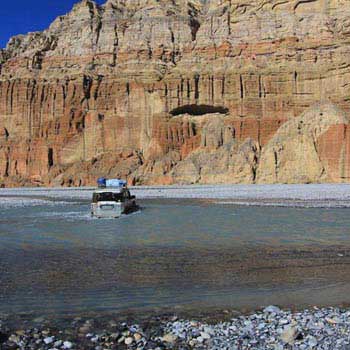 14D/13N
14D/13N
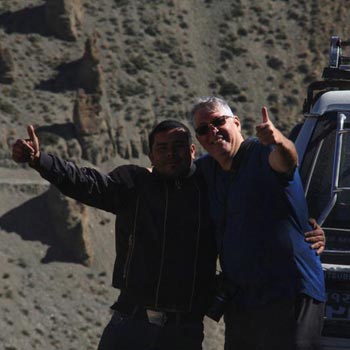 10D/9N
10D/9N
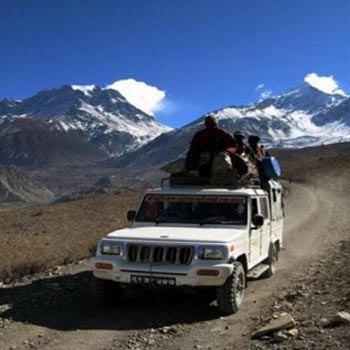 14D/13N
14D/13N
Jomsom Muktinath with Chitwan Jeep Safar..
Kathmandu - Pokhara - Chitwan - Kathamdnu
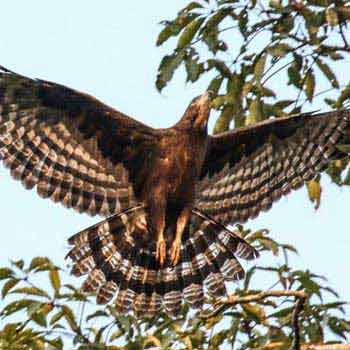 15D/14N
15D/14N
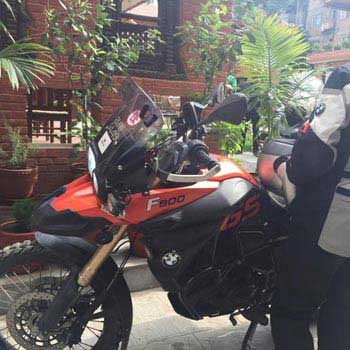 1D/0N
1D/0N
 5D/4N
5D/4N
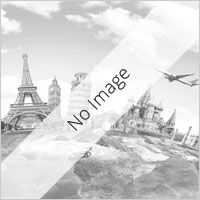 22D/21N
22D/21N
 3D/2N
3D/2N
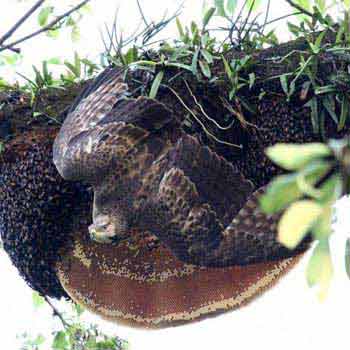 8D/7N
8D/7N
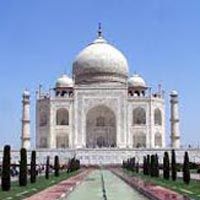 23D/22N
23D/22N
New Delhi - Jaipur - Nawalgarh - Mandawa - Bikaner - Jaisalmer - Osian - Khimsar - ..
 23D/22N
23D/22N
New Delhi - Amritsar - Dharamshala - Patnitop - Srinagar - Kargil - Leh Ladakh - Ma..
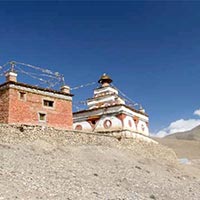 23D/22N
23D/22N
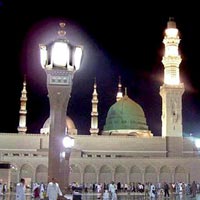 23D/22N
23D/22N
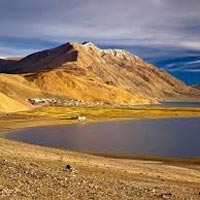 23D/22N
23D/22N
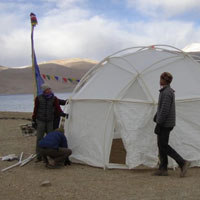 23D/22N
23D/22N
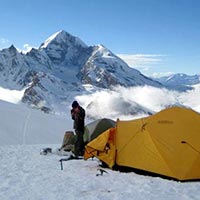 23D/22N
23D/22N
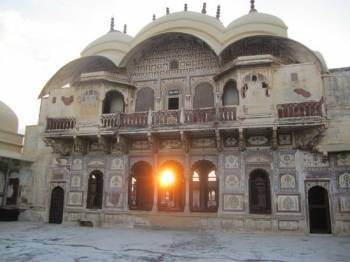 23D/22N
23D/22N
The Rural Tours of Rajasthan India
New Delhi - Samode - Nawalgarh - Khimsar - Jaisalmer - Jodhpur - Sirohi - Ranakpur ..
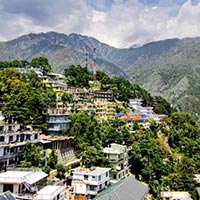 23D/22N
23D/22N
New Delhi - Manali - Kullu - Amritsar - Mcleodganj
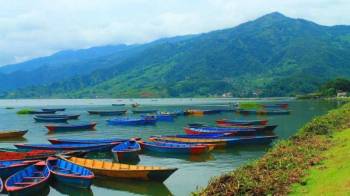 12D/11N
12D/11N
11 Nights - 12 Days Nepal Tour From Gora..
Prayagraj - Gorakhpur - Varanasi - Ayodhya - Kathmandu - Pokhara - Chitwan - janakpur
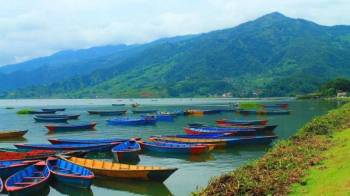 12D/11N
12D/11N
11 Nights - 12 Days Nepal Tour From Gora..
Prayagraj - Gorakhpur - Varanasi - Ayodhya - Kathmandu - Pokhara - Chitwan - janakpur
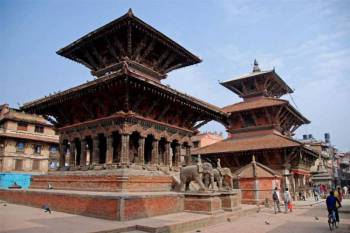 12D/11N
12D/11N
11 Nights - 12 Days Nepal Tour Package - 2
Prayagraj - Gorakhpur - Varanasi - Ayodhya - Kathmandu - Pokhara - Chitwan - janakpur
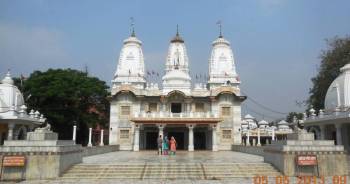 12D/11N
12D/11N
Prayagraj - Gorakhpur - Varanasi - Ayodhya - Kathmandu - Pokhara - Chitwan - janakpur
 8D/7N
8D/7N
8D Kathmandu - Chitwan - Pokhara - Lumbi..
Kathmandu - Pokhara - Lumbini - Chitwan - janakpur
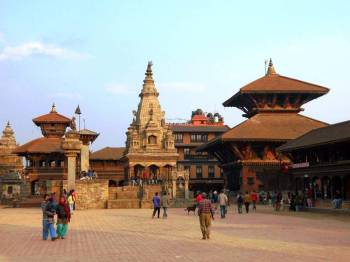 3D/2N
3D/2N
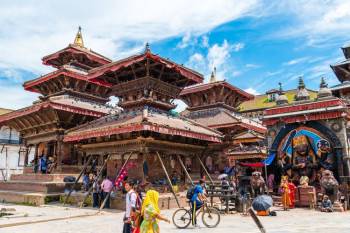 6D/5N
6D/5N
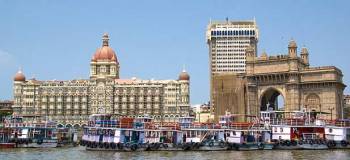 18D/17N
18D/17N
Best of North & West India with Nepal Tour
Mumbai - Kathmandu - New Delhi - Jaipur - Fatehpur Sikri - Agra - Jhansi - Varanasi..